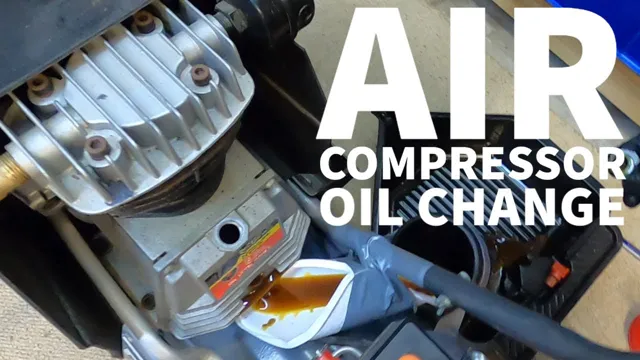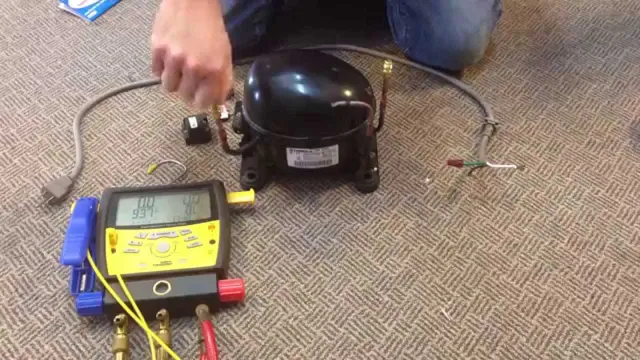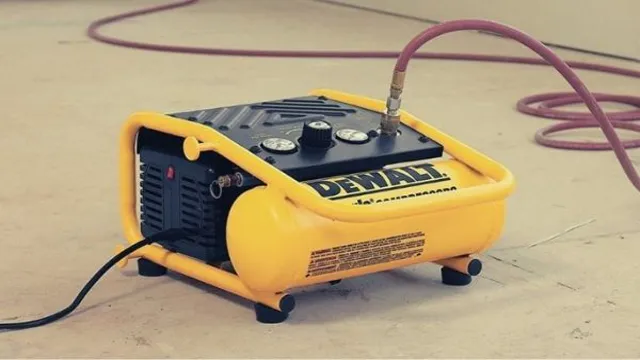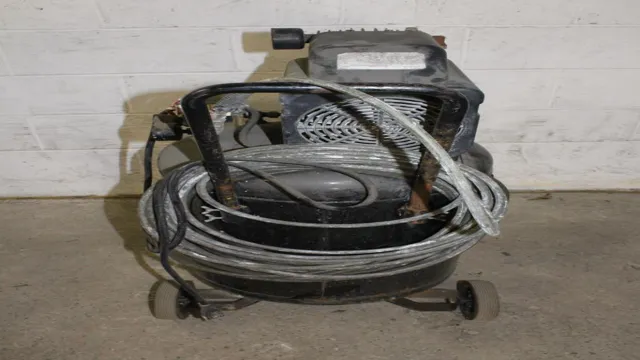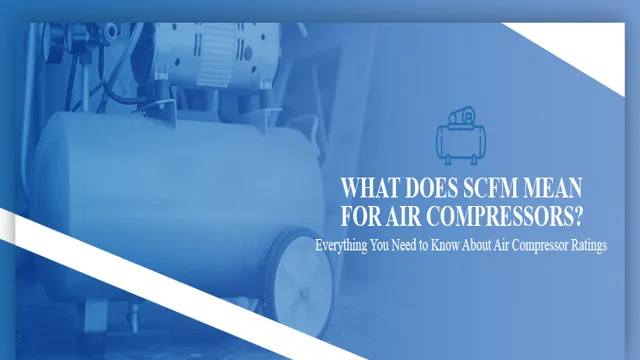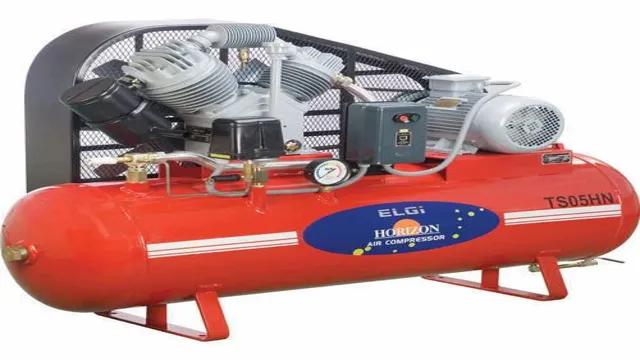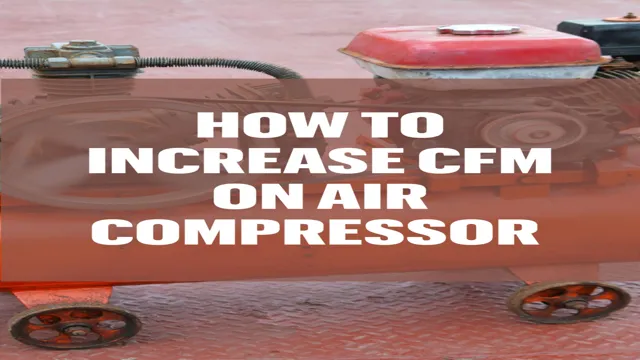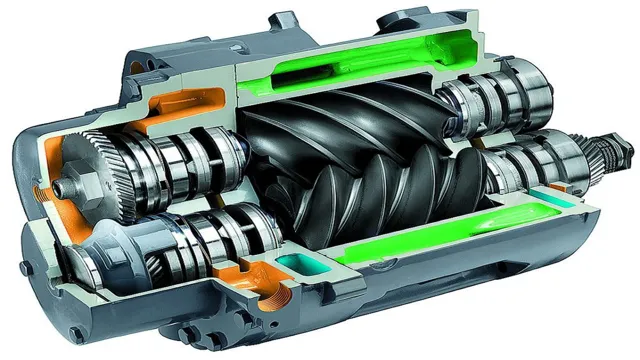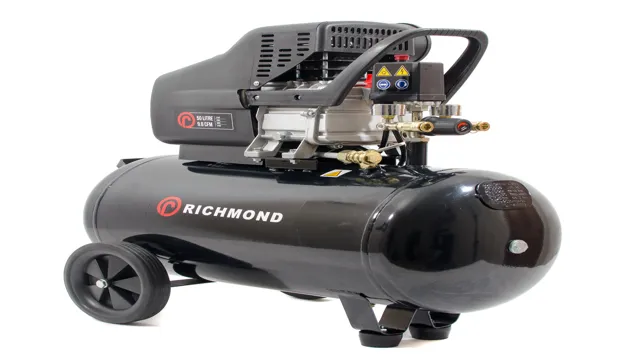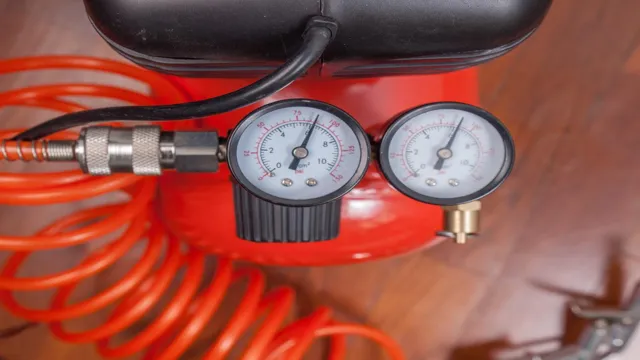As air compressor owners and users, we know that changing the oil is an essential step in maintaining our equipment’s longevity and performance. However, it can be confusing and intimidating for those who have never done it before. Do you know how to identify when your compressor’s oil needs to be changed? Or, how to […]
Air Compressor
Dive into the power-packed world of air compressors with our comprehensive guide. From portable models for on-the-go tasks to industrial-grade giants, we explore the versatility and utility of these essential machines. Uncover tips, reviews, and expert advice to find the perfect compressor for your needs.
How to Make a Vacuum Pump with an Air Compressor: A Step-by-Step Guide
Got an air compressor lying around but don’t know what to do with it? How about creating a powerful vacuum pump with it? That’s right, with a few modifications and a bit of DIY ingenuity, you can turn your ordinary air compressor into a high-functioning vacuum pump that can tackle a variety of tasks, from […]
How to Use an Air Compressor Nail Gun: A Beginner’s Guide to Effortless Nailing.
An air compressor nail gun is an essential tool for any DIY enthusiast or professional carpenter. With its powerful and efficient operation, it can make light work of any nail-related task, from framing and roofing to cabinet installation and trim work. But with so many different types of nail guns and compressors on the market, […]
How to Use Central Pneumatic Air Compressor for Efficient DIY Projects
Welcome to the world of DIY enthusiasts and mechanics where having a reliable air compressor is an essential tool. Central Pneumatic’s air compressor is one of the most popular brands in the market today, favored by individuals and professionals alike. Whether you’re a beginner or a seasoned compressor user, operating your Central Pneumatic air compressor […]
What Does SCFM Mean on an Air Compressor – A Beginner’s Guide
Have you ever wondered why your air compressor can’t seem to keep up with the air tools you’re trying to power? The answer may lie in understanding SCFM, or Standard Cubic Feet per Minute. It’s an important measurement that can make a big difference in the performance of your compressor. In this blog post, we’ll […]
What is an Air Compressor Used for? Essential Applications Explained.
Hey there! Have you ever seen those large, cylinder-shaped machines that seem to be everywhere from construction sites to industrial factories? Well, those are air compressors! But what are they, exactly? And what are they used for? An air compressor is a machine that takes in regular air and compresses it, storing it in a […]
What is a Good SCFM for Air Compressor: Tips to Choose the Right Size.
Air compressors are one of the most common and essential tools in the world of manufacturing and industry. These machines work by using the power of air to generate energy, which can be used for a variety of tasks such as powering pneumatic tools, inflating tires, or even running an entire assembly line. But for […]
What is a Rotary Screw Air Compressor and How Does It Work?
If you’re unfamiliar with air compressors, it’s easy to become overwhelmed with the different types available. One type that may catch your attention is the rotary screw air compressor. But what exactly is a rotary screw air compressor and how does it work? Well, think of it as a giant mechanical heart that pumps air […]
What is CFM for Air Compressor: Understanding the Basics to Optimize Performance
When it comes to choosing an air compressor, understanding its CFM rating is crucial in determining its performance and suitability for your needs. CFM, which stands for cubic feet per minute, refers to the amount of compressed air a compressor can deliver in a minute. It is a crucial metric as some tools require a […]
What is SCFM on an Air Compressor? A Comprehensive Guide to Understanding SCFM
Air compressors are essential industrial machines that help facilitate various functions, from automotive applications to assembly lines. However, understanding the functionality and capabilities of an air compressor can be quite challenging, particularly when it comes to its output. One crucial aspect to consider when selecting an air compressor is its SCFM or Standard Cubic Feet […]
What Size Air Compressor Do I Need for Air Tools: A Comprehensive Guide
If you’re a DIY or construction enthusiast, you likely know the value of having an air compressor. It’s a versatile tool that can power a wide range of pneumatic tools, from sanders to nail guns. However, not all air compressors are created equal, and choosing the right one can mean the difference between success and […]
Does Air Compressor Run out of Air? Here’s What You Need to Know
Air compressors are commonly used in various industries to power pneumatically-driven tools and machinery. This powerful equipment compresses air, which is then stored in a tank for later use. But have you ever wondered if air compressors run out of air? The answer is both yes and no! While compressors can continuously produce compressed air, […]

